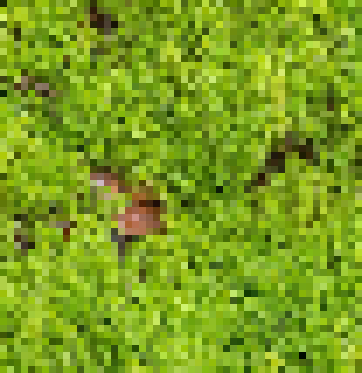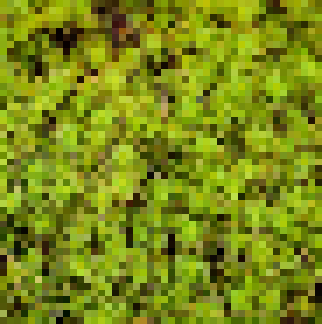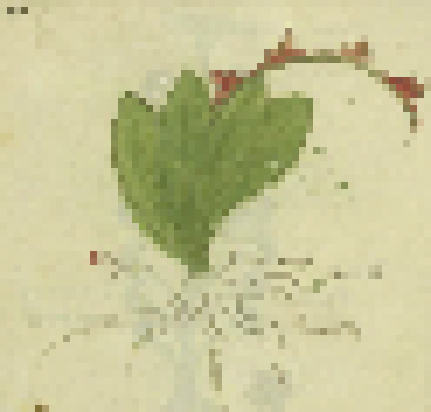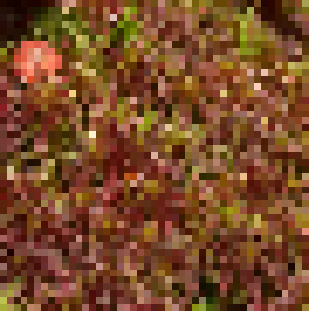
Sphagnum Grotto
Mosses!
Mosses!

Sphagnum Cotajrommii
Sphagnum Cotajrommii, commonly known as flat-nosed peat moss is a type of bog moss commonly found in northern Wasari, with a historical range as far south as Luthorios. It gets its name from its distinct leaf structure, which are stubby and broad. The moss, like most in the Sphagnum genus, is considered an ecological engineer for its remarkable ability to resist decomposition and create bogs with its high water storage capacity.
This pale-green moss is a keystone species in the Igitan Wetlands, which is where I first encountered this fun species! It is rumored that the early Grenopians actually utilized this species as a way to restore soil health and even as insulation in buildings (though this is extremely speculative).
This pale-green moss is a keystone species in the Igitan Wetlands, which is where I first encountered this fun species! It is rumored that the early Grenopians actually utilized this species as a way to restore soil health and even as insulation in buildings (though this is extremely speculative).

Flat-nosed peat moss on a rock in the Igitan Wetlands Wildlife Preserve.

A potential sketch of Plum Moss by Ulfralstian herbalist Johans Meyer, circa 1230 AD
Climacium Prunum
Climacium Prunum, or Plum Moss, is a rare species of moss native to the deep forests of Verleschdie. Discovered by sociologists in the 1970s, it is thought to be mentioned in Verleschdiean myths speak of moss "dappled in purple" lining the trees of a dark forest from which none return. Some Ulfralstian legends claim this moss was a delicacy for the "devils" of the forest!
This rare species is extremely soft and contains unique purple spots on its leaves, from which it receives its name. It is very similar and likely closely related to Climacium Karlasonii, native to the Anterian forests.
This rare species is extremely soft and contains unique purple spots on its leaves, from which it receives its name. It is very similar and likely closely related to Climacium Karlasonii, native to the Anterian forests.
Sphagnum Asterregnum
Sphagnum Asterregnum, or the ochre bogmoss is a rare species of red moss endemic to the Glestnophian isle of Astarey. This moss is one of my favorites due to just how unique its circumstances are. Despite physiological similarities to other red Sphagnum species, particularly the Sphagnum rubra from southern Anteria, the ochre bogmoss has no close relatives and genetically diverged from other sphagnum near the start of the genus.
This moss has a deep history with humans on Astarey, and shows just how beneficial mosses can be for our society. While in the modern area it sees use in bio-reactors for electricity generation, its usage in agriculture goes as far back as the first human settlements on the island. There are even records of early oracles utilizing the latent hallucinogenic properties of the moss to aid in predicting the future.
This moss has a deep history with humans on Astarey, and shows just how beneficial mosses can be for our society. While in the modern area it sees use in bio-reactors for electricity generation, its usage in agriculture goes as far back as the first human settlements on the island. There are even records of early oracles utilizing the latent hallucinogenic properties of the moss to aid in predicting the future.

A sample of ochre bogmoss I've been growing since my trip to Astarey last year!